If you’re looking into how to rebuild your credit after bankruptcy, you’ll need to make some changes, like creating a budget you can stick to, using a secured credit card, or applying for small amounts of credit.
While it may take some time and effort, if you make it a priority to make all your recurring payments in full and on time, you should see your credit score begin to improve. Below, you’ll find helpful strategies along with great financial products that can help your credit score get back on its feet.
Key Takeaways
- To rebuild your credit, be strategic about applying for credit cards and new debt.
- Create a realistic budget that you can follow, so you don’t incur debt.
- Make your recurring bill payments on time every month to show you’re trustworthy with credit.
Never miss an amazing deal again + get our bonus 250+ page eBook for FREE. Join 50,000 other Canadians who receive our weekly newsletter – learn more.
How to rebuild your credit
You may feel overwhelmed or unsure about where to start when rebuilding your credit. Fortunately, there are several steps you can start taking today:
Pay your bills on time
Your credit history is the biggest factor in determining your credit score. Whenever you have a credit card or recurring bill payments, these payments are all reported to the credit monitoring bureaus. If you miss payments, it can negatively impact your credit score.
One of the most effective ways to boost your score is to make your payments on time and in full. Ideally, focus on paying your highest debts first, but ensure you’re making the minimum payment on every account you owe.
To help you remember to make the payments, set up automatic payments. Some lenders or providers may even offer a slight discount for setting up automatic or paperless payments.
Use a secured credit card
If you’d like a credit card but don’t meet the credit score (or income) requirements, check out your secured credit card options.
Secured credit cards work by requiring the applicant to deposit a minimum amount (usually a minimum of $500), which serves as both the deposit and the credit limit. In turn, this makes you less of a risk for the lender because if you're unable to pay back the credit card, the lender can use the deposit to pay off the balance.
As you make purchases and payments to the account, you maintain a good standing with your card, and your payments are reported to the credit monitoring bureaus. This can rebuild your credit score.
Plus, if you spend one to two years successfully managing a secured credit card, you'll likely be offered an unsecured card that you can use with no conditions.
Apply for a small amount of credit
You might think you need to apply for several cards to start building your credit, but applying for too much credit is actually a red flag to the credit bureaus.
Instead of applying for a lot of credit, improve your approval chances by just asking for a small amount of credit through one product, like a store credit card. Once you show creditors that you can be responsible with a small amount – like a $500 limit – you may start qualifying for more funds down the road.
Create and stick to a budget
Since you won’t be able to borrow money after bankruptcy, your spending power will be limited. You also don’t want to overspend and create the exact same problem that got you to file for bankruptcy in the first place. This is why creating a budget is so important.
A good budget is a roadmap for your income and spending. To create a budget that works for you, check out online tools, download mobile apps, or grab a notebook and pen. Be honest when evaluating your spending, and be detailed about your income.
Over time, you can make adjustments to your budget. You may find you’re spending too much in a particular area of your life, or you might realize you need to pick up some extra income.
Consider a credit building loan
You can still build a solid credit score without applying for a credit card. A credit builder loan differs from a typical personal loan because its primary purpose is to repay the loan, allowing you to build your credit score, rather than using the money.
With a credit builder loan, you pay into a savings account for 12 to 24 months, and those regular payments get reported to the two credit bureaus. Once the loan period is over, you'll have established a strong credit history, and you will receive the money you deposited into the savings account back.
This will come at a cost of interest, but some lenders choose to reimburse you for some of the costs after it's been paid off.
Consider KOHO’s Credit Building program. You sign up for a KOHO prepaid card and register for the program via the KOHO app. Then, decide whether you want to pay the program fee upfront or keep enough in your account to cover the monthly fee.
KOHO will report your activity to the credit monitoring bureau, and within six months, you should see an improvement to your credit score.
Regularly check your credit report
You might not think reading through your report can help your credit score, but you could spot errors that could be harming your credit score. Make a point to check your credit report at least once a year – ideally, you should check it even more often.
If you spot inaccuracies, submit a dispute with the credit bureau. They’ll investigate and adjust your credit report if it needs to be corrected. If it was an error that damaged your score, you might see a nice boost to your number.
Best credit cards for rebuilding credit
Though it’s difficult to get approved for any kind of credit immediately post-bankruptcy, it’s not impossible. There are several secured cards designed to build your credit immediately after bankruptcy, including these top options:
| Card Name | Card Type | Annual Fee | Features | Apply Now |
|---|---|---|---|---|
| Tims Mastercard | Secured | $0 | * Earn 2 points per $1 spent at Tim Hortons and on gas, EV charging, groceries, and transit * Redeem rewards for any menu item at Tim Hortons | Apply Now |
| Neo Secured Mastercard | Secured | $95.88 | * Earn an average of 5% cash back with Neo retail partners * Only requires a minimum security deposit of $50 | Apply Now |
| KOHO Essential Mastercard | Prepaid | $48 | * No credit check required * Earn up to 2.5% interest on your balance | Apply Now |
| Tangerine Money-Back Credit Card | Unsecured | $0 | * Unlimited 2% cash back on up to three categories of your choice * Cash back is deposited every month | Apply Now |
How long does it take to rebuild credit after bankruptcy?
Once you’ve been discharged from bankruptcy proceedings in Canada, all your unsecured debt will be forgiven. However, a record of your bankruptcy remains on your credit report for at least six years.
This is a huge red flag for creditors, making borrowing money extremely difficult. As a result, you’ll want to start rebuilding your credit as soon as possible.
According to Equifax, one of the two major credit bureaus, you may see an improvement in your credit score within a few years if you keep your accounts open and in good standing.
Learning to save after bankruptcy
Filing for bankruptcy is just one step towards recovering and improving your finances. To avoid facing financial challenges in the future, you'll need to strengthen your savings skills.
Here are just some of the strategies you can try to start saving more:
- Build savings into your budget
- Re-evaluate your budget according to wants vs. needs
- Get a high-interest savings account (HISA) or a tax-free savings account (TFSA)
- Build an emergency savings account
- Contribute to your retirement plan (RRSP)
- Set up an autosave tool so you can save automatically
- Work with a credit counsellor to come up with tailored savings goals
FAQ
Can you tell me how to build credit in Canada after bankruptcy?
You can rebuild your credit score by demonstrating responsible use of the credit you have. This could mean making installment payments on time, using your credit card responsibly, and/or not overextending your credit or finances in general.
How soon will my credit score improve after bankruptcy in Canada?
While it depends on the actions you take after bankruptcy, you may see your score begin to improve within a few months. Still, bankruptcy is visible on your credit report for a minimum of six years.
What is the seven-year credit rule in Canada?
If you have student loan debt and declare bankruptcy more than seven years after you stopped being a part-time or full-time student, the debt can be discharged in bankruptcy along with your other types of debt you may have.
What is the best credit card after bankruptcy in Canada?
The best credit card for this depends on your financial situation and what you’re hoping to achieve. If your score is okay, but low, you might qualify for an unsecured card. Otherwise, you may need a secured or prepaid card.
creditcardGenius is the only tool that compares 126+ features of 231 Canadian credit cards using math-based ratings and rankings that respond to your needs, instantly. Take our quiz and see which of Canada's 231 cards is for you.





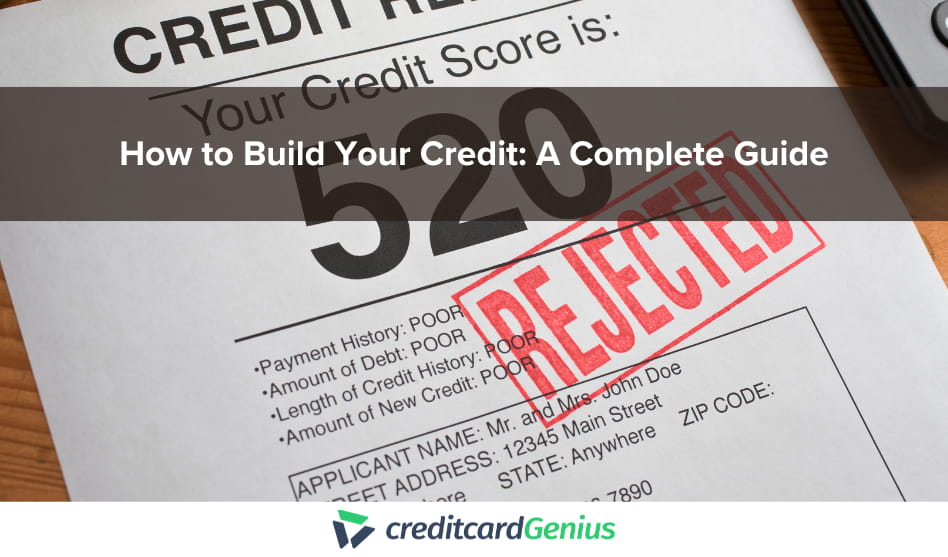


 GC:
GC: 
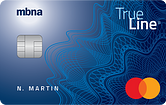
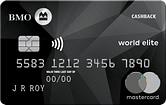
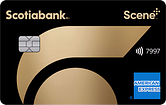

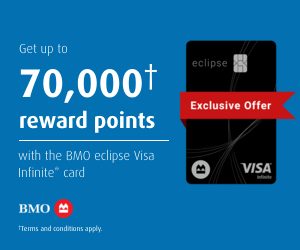





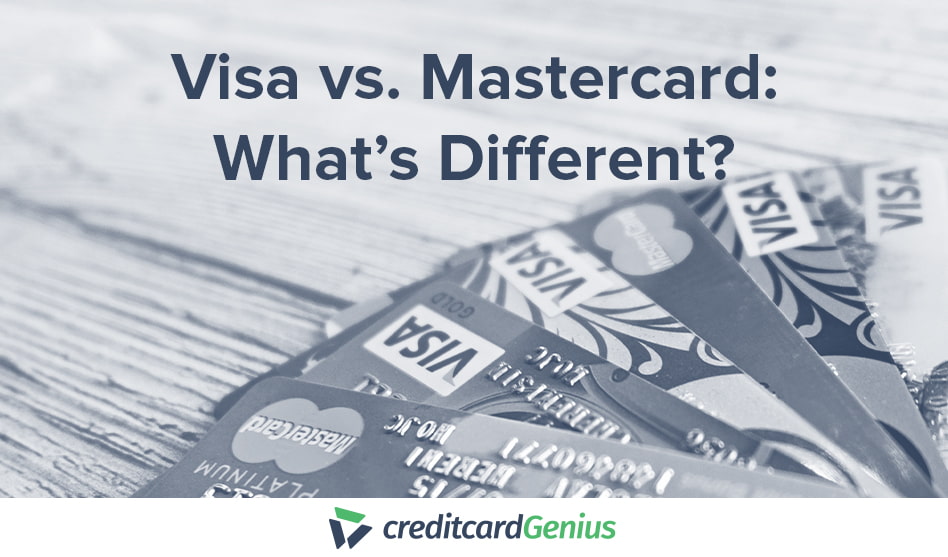

.png)





















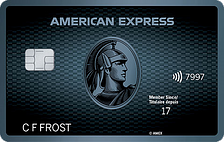
 $100 GeniusCash + Earn up to 15,000 Welcome Bonus Membership Rewards® Points.*
$100 GeniusCash + Earn up to 15,000 Welcome Bonus Membership Rewards® Points.*
Comments
Leave a comment
Required fields are marked with *. Your email address will not be published.
Showing 1 comments